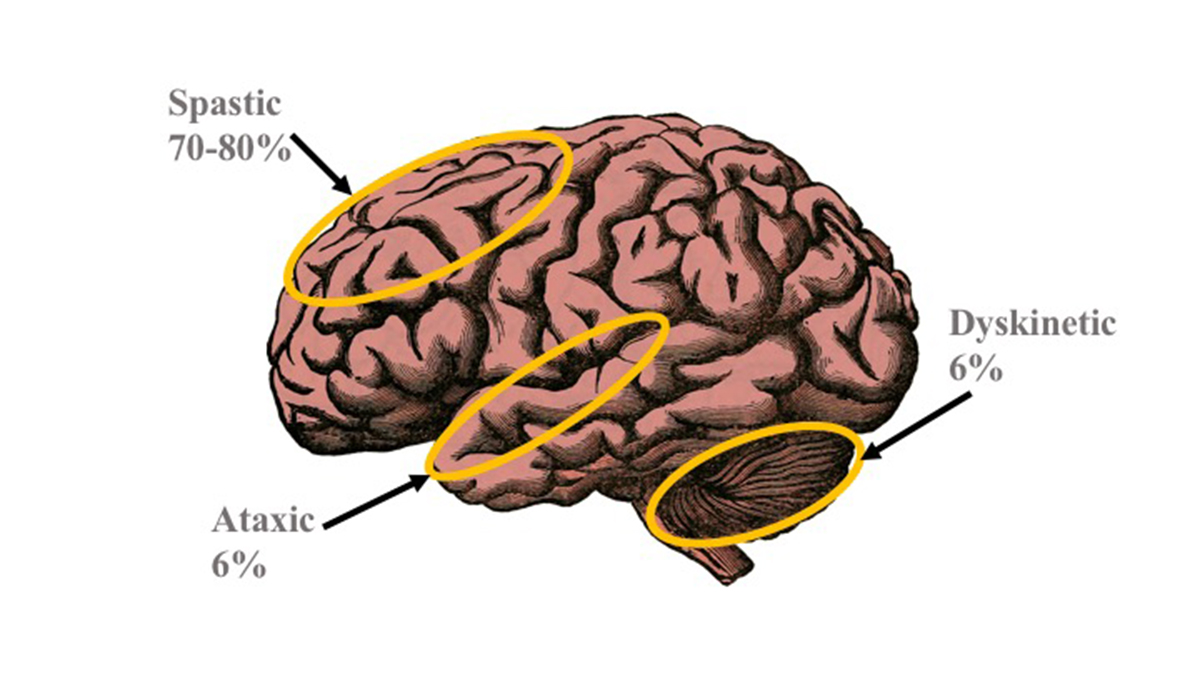
Cerebral palsy is a medical term used to describe a group of non-progressive, non-contagious motor conditions that cause physical disability by affecting the various areas of body movement. Term “cerebral” used to designate this health condition, refers to the cerebrum, the affected area of the brain. Therefore, cerebral palsy is a movement disorder caused by damage to the motor control centers. The damage usually occurs during pregnancy, childbirth or when the child is up to three years old. Essentially, the damage occurs in the developing brain and results in limited movement and posture, accompanied by various problems in perception, communication and sometimes even cognition.
Life expectancy
The main factors for life expectancy in cerebral palsy are gross motor function and feeding. The first large scientific study about life expectancy for patients with cerebral palsy was conducted in 1998. It was a study of life expectancy of adults with cerebral palsy. The study reports that life expectancy for adults with cerebral palsy can vary from approximately 30 years, for those with rigidity or severe spasticity associated and feeding difficulties, to 60 to 70 years for those with moderate cerebral palsy.
Cerebral palsy is intrinsically a non-progressive disorder, but the recent study reveals that most patients with cerebral palsy will eventually experience a decline in gross motor function. This can mean losing the ability to walk, for example. The symptoms of cerebral palsy can become more severe over time due to subdural damage. These kinds of problems are commonly associated with patients that require repeated orthopedic surgeries. The study suggest that keeping a patient able to walk, to a great extent increases their survival rate into the later years of live. Patients that have retained at least some ability to walk may expect a survival rate similar to that in the general population. On the other hand, patients with low functional ability have severely lower survival rates.
Self-care
An individual with cerebral palsy may improve its own condition during early childhood if he or she receives extensive care from medical specialists. For most of the children with cerebral palsy, parents are heavily involved in self-care activities. However, it is important to encourage self-care in children, as an activity to care for themselves and perform various activities on their own: bathing, dressing, eating, etc. The child’s ability to do so depends primarily on use of their upper limbs. This may be very difficult in some cases but maintaining at least some level of motor function increases patient’s chances for survival.










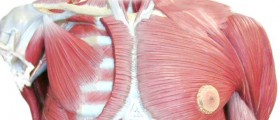
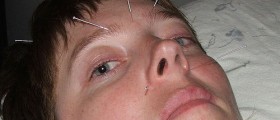
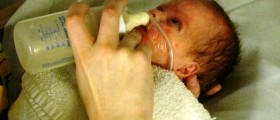
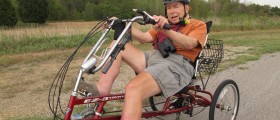


Your thoughts on this
Loading...